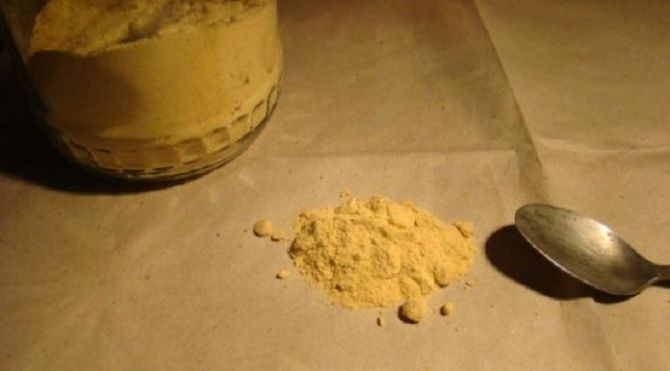Synthetic Drug Fentanyl Overdoses Kill More People than Car Accidents in Estonia

Overdoses from drugs like “china white” or synthetic heroin are now killing more people than road accidents in Estonia, a country with an overdose mortality rate is not only the highest in the European Union, but seven times the average rate.
China white, or Fentanyl, is commonly used in the medical profession as a painkiller or anaesthetic, but also produced illegally as synthetic heroin. This synthetic and more deadly form of heroin that is produced in secret laboratories across the Estonian border in Russia, has almost completely eclipsed heroin on the Estonian market.
Fentanyl, like heroin is highly addictive and addicts need a daily dose of methadone to cope with withdrawal symptoms, has become increasingly popular among young people ever since a heroin shortage in Estonia about a decade ago.
Authorities are especially worried about the high mortality rates linked to fentanyl because of the drugs potency, which can be hundreds of times more potent than morphine.
It is estimated that a lethal dose of pure the caramel-colored fentanyl is about 2mg, and less than half a teaspoon can kill ten people, so if drug dealers don’t reduce the strength correctly, the user can easily die, Police Major Risto Kasemae told BBC.
"[It looks] like one dose of amphetamine. It's actually 37 doses of fentanyl," he said. "This small amount could actually kill over 10 people, easily."
Kasemae said that the strength of a batch can vary significantly because dealers can make mistakes when they are cutting the drug with other substances to reduce its strength leading to fatal consequences.
"They use their basic knowledge of chemistry and try their best, because actually no dealer wants their clients to be dead - but it happens quite often that it does kill people," Kasemae said. "So it's really tricky to fix a dose which gets a person high, but doesn't kill."
Marko, a user who desperately wants to break his addiction and has lost two friends to overdoses and survived two himself, told BBC that he started injecting seven years ago when he was 18-year-old.
"I was young and stupid. I tried it with my friends when I was drunk and began to like it, and soon I was doing it every day," he said.
He told BBC that he has managed to cut down, and only shoots up three to four times a month, but he needs a daily dose of methadone to cope with the withdrawal symptoms.
He said that the mental dependence is also hard to deal with, and he believes that the only way out of his addiction is to leave Estonia.
"I was away from Estonia for one-and-a-half years and didn't do drugs. But when I came back, within the first hour, I felt the temptation again - it's in my head somewhere and I can't get it out," he said. "I thought I will only try it for one time - I just wanted to feel it once more. But there's no such thing as one more time."
Ragnar, another addict at an addiction treatment center in Estonia’s capital Tallinn and who has overdosed about 50 times, told BBC reporters that china white can be a hundred times more potent than heroin, and once he sampled the synthetic drug he could not go back.
"People who are used to china white don't feel heroin any more. [Heroin] doesn't give any effect after china white. I found it meaningless," Ragnar told BBC.
The drug also has social costs, like theft, pretty crime, family breakdown and Estonia’s extremely high rates of HIV and hepatitis.
"It's huge what effect addiction has had on our society," Kristina Joost, runs a needle exchange in Tallinn for users to get clean equipment to reduce the risk of passing on diseases, told BBC.
"We're seeing a third generation of families dependent on some kind of substance. Now it's fentanyl, two generations ago it was alcohol," she said. "That's the horrific truth, that drug dependent people also have families, and they become co-dependent."



























